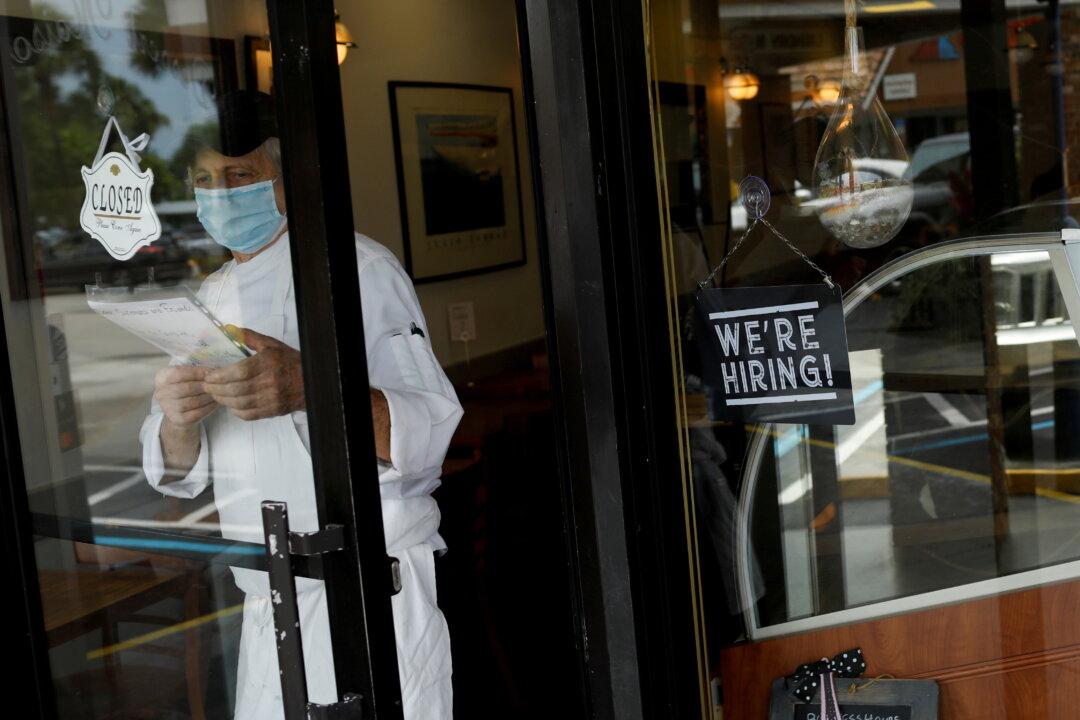America’s private employers in April added a paltry 266,000 jobs—a proxy for new hires—despite job openings at near record-high levels, suggesting businesses are struggling to find workers and reinforcing the view that some of the Biden administration’s fiscal relief measures are disincentivizing people from seeking work.
The government’s jobs report, released Friday, shows that nonfarm payroll employment rose by 266,000 in April, sharply lower than in March and a sign that some businesses are struggling to find enough workers. In the report, the Labor Department also sharply lowered its estimate of March’s job gain to 770,000 from its earlier estimate of 916,000.





